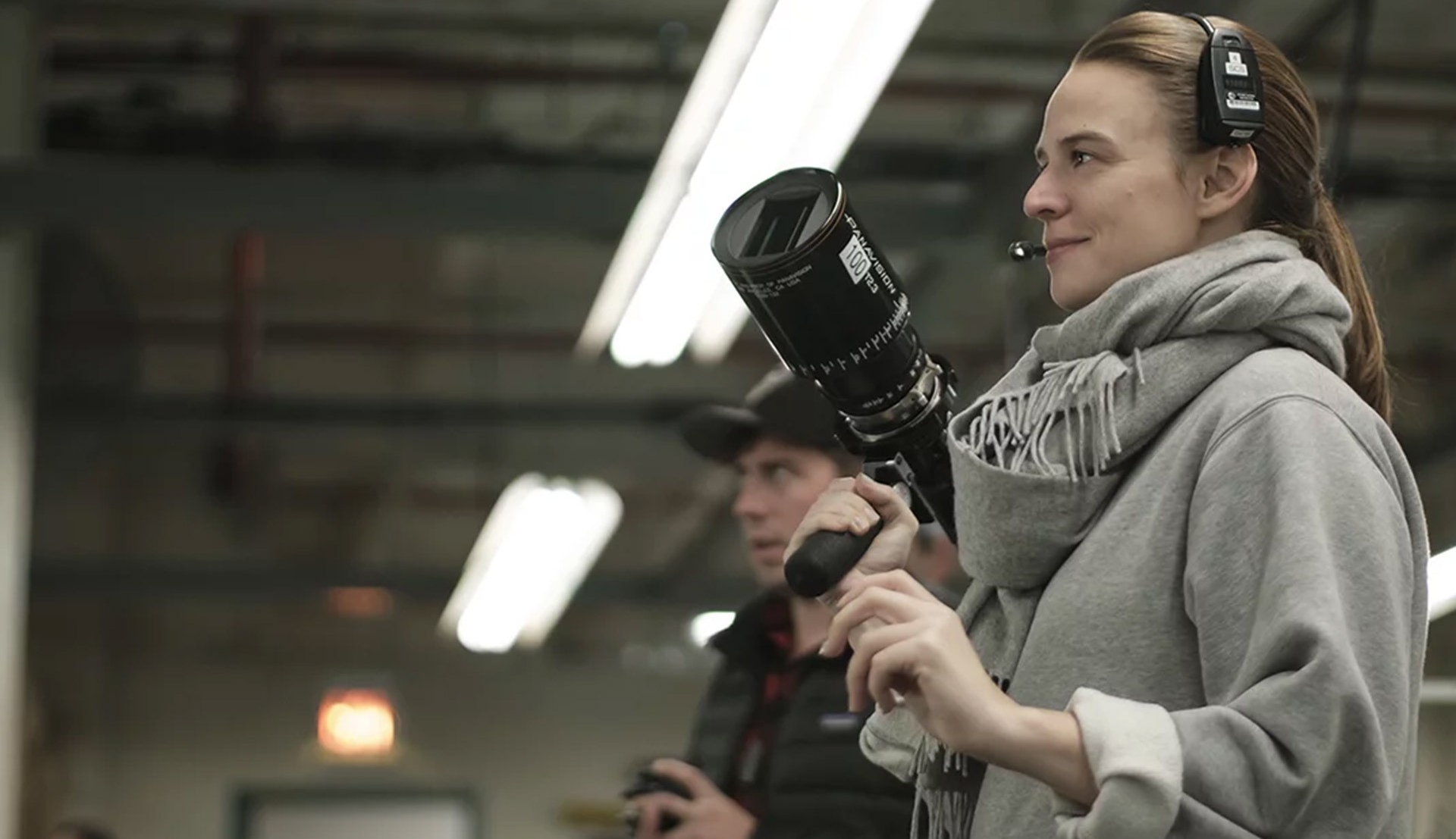Up on the silver screen with cinematographer Jessica Lee Gagné
 Cinematographer Jessica Lee Gagné on the set of the Showtime mini-series Escape at Dannemora. | Photo: Christopher Saunders, courtesy Showtime
Cinematographer Jessica Lee Gagné on the set of the Showtime mini-series Escape at Dannemora. | Photo: Christopher Saunders, courtesy Showtime
When Patricia Arquette won a 2019 Golden Globe award on January 7 — for best performance by an actress in a limited series or a motion picture made for television for her portrayal of Tilly Mitchell in the Showtime mini-series Escape at Dannemora — she gave a shout-out in her acceptance speech to her “woman DP,” a.k.a. director of photography Jessica Lee Gagné, BFA (film production) 12.
Escape at Dannemora has been one of many career-defining moments for Gagné, whose stellar work has made her an in-demand cinematographer.
Gagné sat down for a brief Q&A about her studies at the Mel Hoppenheim School of Cinema and her rising career in the film business.
You are originally from Quebec City where your dad owned video stores. How did this play a role in your love for film?
Jessica Lee Gagné: “We constantly had VHS tapes everywhere. There were piles all over! In summer when there was no school, I would also work with him. Then we would go home and say, “Okay, what are we watching tonight?” Movies played a big part in my growing up. I also went to see movies at the theatre. It was an important ritual. We would see a lot of movies!”
Why was the film Klute such a big influence on you?
JLG: “My cinematography professor at Concordia, Michael Yaroshevsky, showed me that film, and it had a profound effect on my appreciation of cinematography. I learned how you could shape an image with light, and that was the work of Gordon Willis, who was such an amazing cinematographer.”
Do you think it was more difficult for you as a woman to break into the film business?
JLG: “Not in Montreal. It was a lot different for me as a woman when I left the country. In Montreal, many of the productions are publicly financed, so the pressures and structures are different.
“When I left for India — where I worked on the 2017 gangster biopic Daddy — I got a lot more resistance to being a female cinematographer. Many people did not trust my instincts. I had to prove myself.”
Who were your filmmaking role models?
JLG: “I really admire Canadian cinematographer Sara Mishara who also studied at Concordia. She is incredible — a soft-spoken but super-strong woman who is able to do great things with little means, and I really respect that. She stands up for the right things and isn’t afraid to speak her mind.”
You are a role model as well. How do you feel about that?
JLG: “I don’t really consider myself one yet, though more than 100 people wrote to me from India thanking me for my work as a woman cinematographer. That made me proud.”
Patricia Arquette’s shout-out to you at the Golden Globes was awesome!
JLG: “It was amazing. My phone just blew up!”
How did you end up working with director Ben Stiller on Escape at Dannemora?
JLG: “I was moving to Paris because I wanted to shoot more international productions. The day I flew to Paris I got an email from Ben Stiller’s producer asking me if I would be interested in working on Dannemora. Ben and I met on Skype two weeks after that, then in person at Cannes and we hit it off.
“I come from a French-Canadian style of filmmaking where directors like Denis Villeneuve and Jean-Marc Vallée have had a great deal of success in Hollywood, and I think people really appreciate that way of working. Ben was really into that, we agree on how to make movies, and we were a good fit.”
How did your time and your studies at Concordia help shape you and your career?
JLG: “I think the Department of Film Production at Concordia helped me in a huge way because it led me to create relationships with different artists, editors, directors, technicians, camera operators and lighting people. So that when I finished school, I was able to start working right away. The other thing is Concordia was very free and open, and got me to discover — without forcing me into a style or aesthetic — my own self.”

